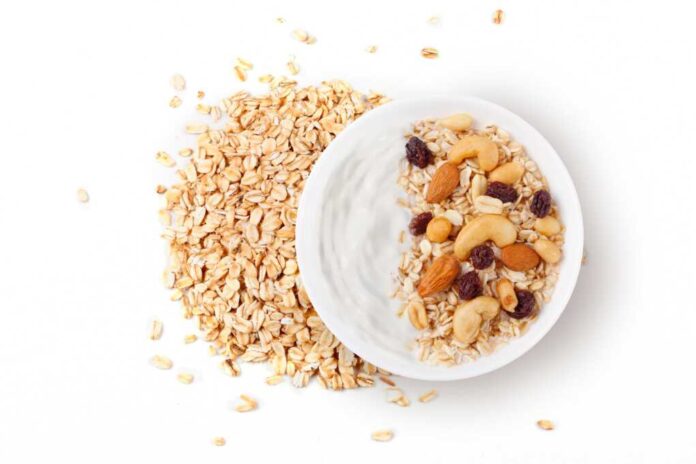
If you do this one simple thing after every meal, a biochemist claims you could tame your blood sugar spikes faster than a toddler can spot candy—are you ready to flip the script on your metabolic fate?
At a Glance
- Blood-sugar-friendly foods are now at the center of diabetes prevention and everyday energy.
- Scientists and the ADA say you don’t have to give up your favorite foods—just balance your plate wisely.
- The food industry is racing to cash in on the “low GI” trend, but not all products are created equal.
- Personalized nutrition and high-tech glucose monitors are making one-size-fits-all diets obsolete.
The Science Behind Blood Sugar Balancing: From Lab Rats to Lunch Plates
Picture the first scientist staring at a loaf of white bread and muttering, “This stuff acts like rocket fuel for human blood sugar.” Fast-forward to the 1980s, when the glycemic index (GI) burst onto the scene like a disco ball at a dietician’s conference, ranking foods by how fast they send your glucose levels soaring. The Western diet, with its refined carbs and hidden sugars, has turned us into unwitting participants in a massive blood sugar rollercoaster experiment. Diabetes rates climbed, scientists panicked, and suddenly, the phrase “blood-sugar-friendly food” was everywhere—from hospital pamphlets to the back of your almond flour pancake mix.
Watch: 4 Foods To Help Manage Blood Sugar Naturally – YouTube
The concept caught on thanks to rising diabetes rates, public health crusades, and a growing obsession with functional foods. As research rolled in, certain foods—think leafy greens, nuts, berries, Greek yogurt, and whole grains—were anointed as the metabolic superheroes of the pantry. The American Diabetes Association (ADA) took notice, slapping “superstar” badges on these foods and updating their official guidelines. The message: you don’t have to eat like a monk, but you do need to eat like someone who cares about what happens to their pancreas.
Who’s Really Stirring the Pot? Stakeholders, Power Plays, and the Food Industry Hustle
Look past the kale salads and you’ll find a tug-of-war between healthcare pros, public health groups, and the ever-agile food industry. Doctors and dietitians write the rules, patients try to follow them without losing their will to live, and the food industry—well, they’ll put a “diabetes-friendly” label on just about anything that doesn’t scream “candy bar.” Public health organizations like the ADA and the World Health Organization (WHO) wield the big sticks, shaping policy, influencing food labeling, and sometimes battling food giants over what “healthy” actually means.
What’s “New” in Blood Sugar? Yogurt, Gadgets, and the Rise of the Balanced Plate
Forget bland “diabetic diets” of the past. The latest guidelines are about balance, variety, and making your gut bacteria as happy as your glucose monitor. The ADA now recommends a plate overflowing with non-starchy veggies, lean proteins, and whole grains. Yogurt and nuts have graduated from snack status to “research-backed blood sugar champions,” and berries are finally getting their day in the sun—no more side-eye from the fruit-phobic.
Tech is shaking things up, too. Continuous glucose monitors (CGMs) are a game-changer, letting people see how their bodies react to everything from quinoa to cheesecake in real time. Personalized nutrition, once the stuff of health magazine quizzes, is now a real science, giving you data-backed permission to blame your genes for your bread habit.


















